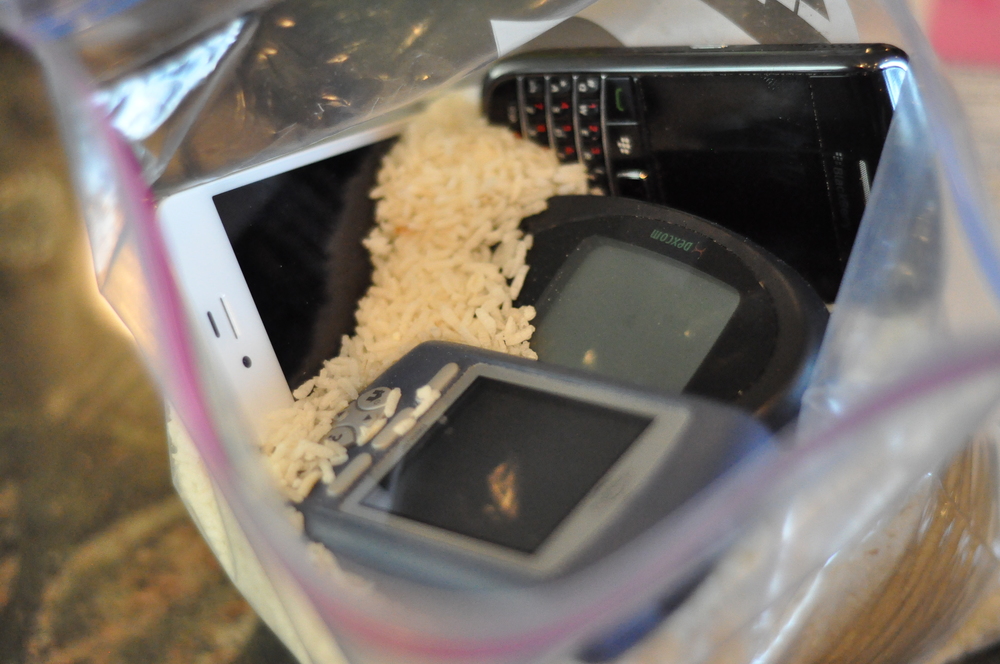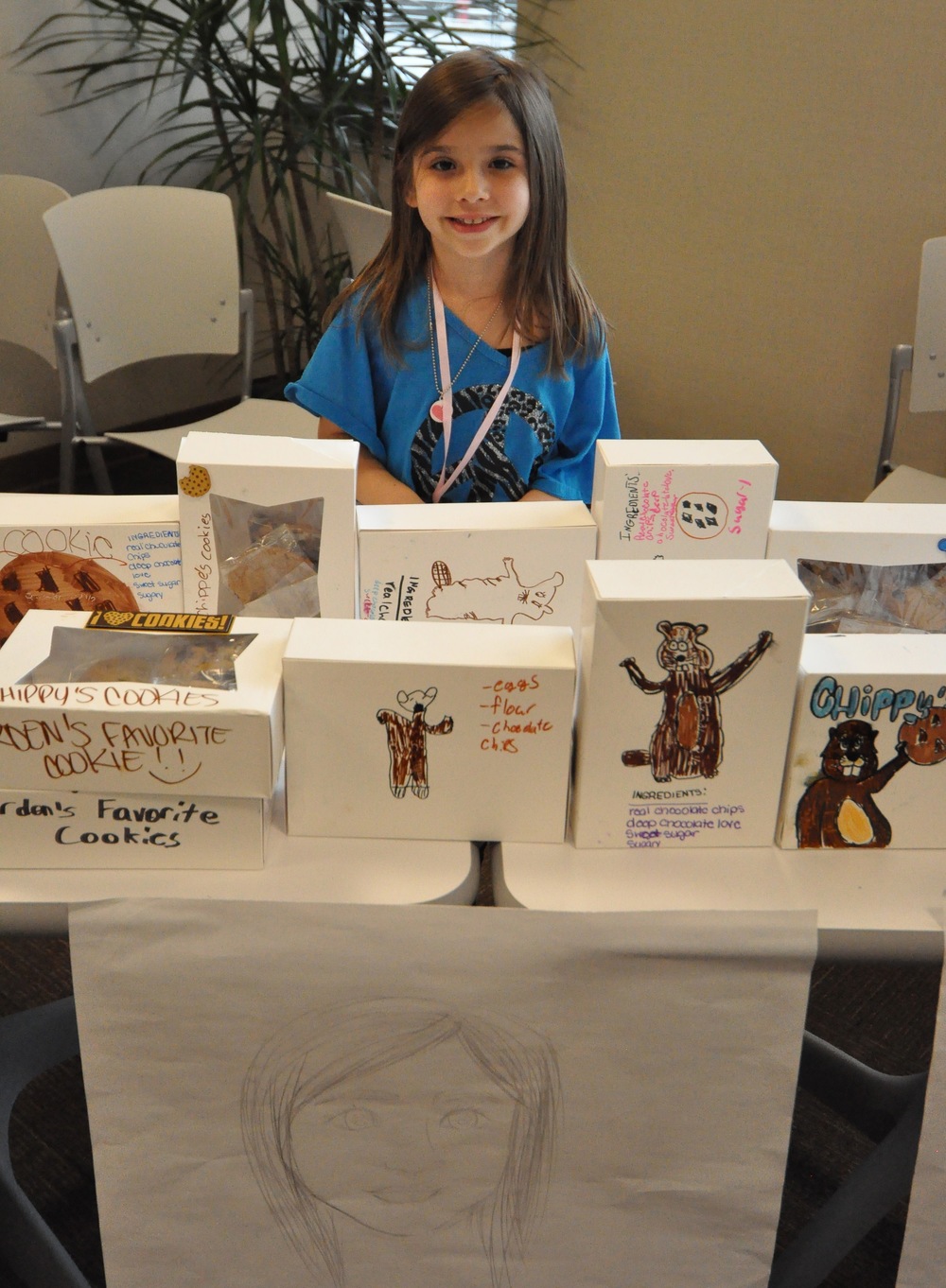New plan for school and a sweet daddy daughter moment
Scott Benner
Arden was on the longest play date of her life yesterday. She went to her friend's house around four in the afternoon to swim and ended up staying until ten that night. I've never left her alone before this date but I wanted to use this opportunity as a practice run for our new school day management plan.
Arden was originally just going to swim and come home but our results were so good that she was able to expand the plan into dinner and playtime afterward. She and I co-managed her diabetes by text and phone with no help from adults on her end. Interestingly, her tone while we spoke on the phone was more confident and mature then normal. Almost like she put her big girl pants on when she was thinking about type I - which was very inspirational!
For the first three years of school Arden has visited the nurse every time that her diabetes needed tending to; before and after meals, activity, for highs and lows and so on. Those visits, while necessary and also very helpful to her maintaining a steady blood glucose level, took quite a lot of time away from her school day.
Thanks to a law that was passed a few years ago in New Jersey, children are allowed to test their blood glucose in the classroom where we live. I have been waiting for the time in Arden's maturation where I felt comfortable that she and I could co-manage her type I over text/phone without an adult present to double-check her steps. I decided at our last 504 meeting that third grade was the time to give this idea a try. Since then we've been adjusting our at home management routine to mimic this reality and last nights play-date was our first official test run. Arden doesn't of course think of all of this in the same way. That is, she was just on a play-date and not aware that I was testing my theories.
I was so happy with how smooth the evening went that I had no trouble extending the date twice as the evening progressed. When Arden returned home at the end of the evening she was pretty hungry and so she had a late-night snack that I covered with insulin, perhaps too completely considering the amount of swimming she did. Around four thirty in the morning all of her activity from the day caught up to her and she experienced a low BG.
When I checked her DexCom CGM it said 'low' and the graph indicated that she had been dropping slowly but steadily for the last two hours. When I tested her with a finger stick she was 42. I set a temp basal for an hour that eliminated her basal insulin and brought her a juice box.
I spoke softly to her to let her know that someone was in the room and when I saw a bit of life on her face I began to repeat, "your blood sugar is pretty low Arden, let's drink some juice". After the third or fourth time I spoke she waved her arm at me in a sleepy but annoyed fashion and then sat up, she looked at her clock and then in the sweetest voice you can imagine said, "good morning". I handed her the juice box and she began to drink, in between each long sip she would open her eyes just enough so that she could see me in the glow that my iPhone created. She smirked each time in a loving, not joking way and then bumped the tip of her straw into my nose. After a number of sips (and bumps) she tried to hand the juice back to me but I needed her to take one more drink. After that last sip she said, "okay daddy I'm done, going back to sleep now... thank you".
I told her that I would sit up for a while to make sure that her BG leveled out and she replied, "sounds good, I love you". I told her that I loved her too and adjourned to my room with a great big smile on my face. Then I busied myself on Twitter and read some emails to stay awake.
I am going to be blogging extensively about Arden's new management process at school over the first few months of the school year, I hope that you find those posts helpful as we move towards a more independent lifestyle for Arden. It should be interesting to say the least. Arden will be permitted to keep a cell phone with her in class and she will be contacting me directly when she tests, eats, feels dizzy and more. We are going to try and eliminate as many visits to the nurses office as possible. I'm very thankful for the open-minded way that Arden's school, teachers and nurses are approaching this change. I am sure that it is difficult for them to try something that is so outside of everyone's norm. It's very exciting to be stretching these boundaries for Arden and the other children that live with type I.




